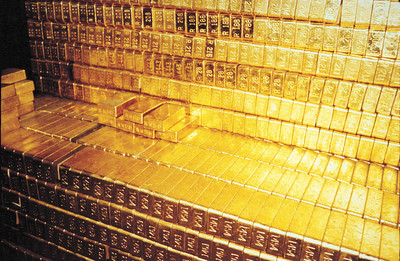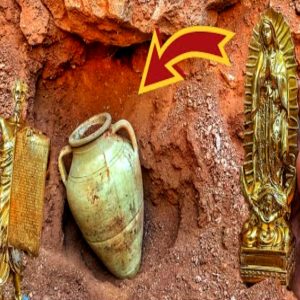Nestled 80 feet below the bustling streets of Manhattan lies a fortress of unparalleled value—the gold depository at the New York Federal Reserve. Operational since 1924, this underground vault has long been a symbol of security and economic power. By 1959, it housed over 12,000 tons of gold, representing one of the largest collections of the precious metal globally.
What set this vault apart was its role in the international financial system. Unlike popular belief, most of the gold stored here was not owned by the U.S. government. Instead, it belonged to foreign governments, central banks, and international organizations. Rather than physically transporting gold between nations, ownership was simply transferred within the vault itself, ensuring seamless and secure international settlements.

Unmatched Security
The vault’s construction and location were marvels of security engineering. Situated below sea level, it was protected by steel-reinforced walls, advanced alarm systems, and 24/7 armed guards. This subterranean fortress was designed to withstand any conceivable breach, from natural disasters to human attempts. During the Cold War, when global tensions were at their peak, the vault’s immense gold reserves symbolized both economic power and international trust in the United States as a financial custodian.

A Changing Landscape
By the late 20th century, the landscape of global gold reserves began to shift. While the vault held around 12,000 tons of gold during its peak in the 1950s and 1960s, the amount has steadily declined. As of recent estimates, the reserve now holds approximately 5,000 to 6,000 tons. This reduction largely stems from countries repatriating their gold reserves to their home territories or other secure locations.
Despite the decrease, the New York Federal Reserve remains one of the largest gold repositories in the world. It continues to play a vital role in the global financial system, symbolizing stability and trust. The vault’s enduring legacy is a testament to the critical role it has played—and continues to play—in fostering international economic cooperation.





